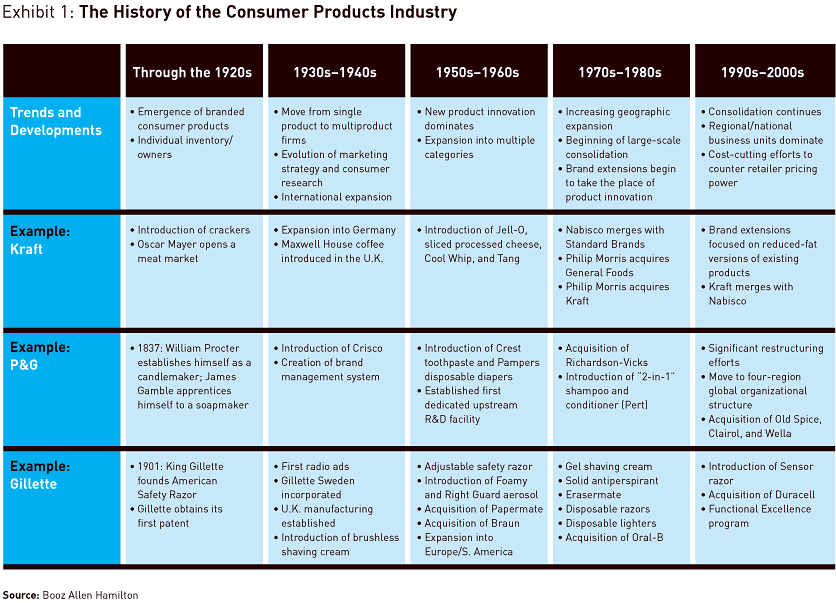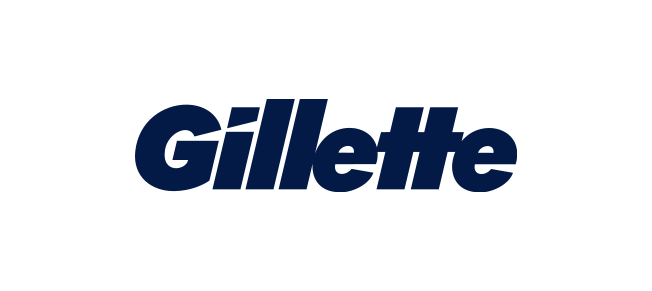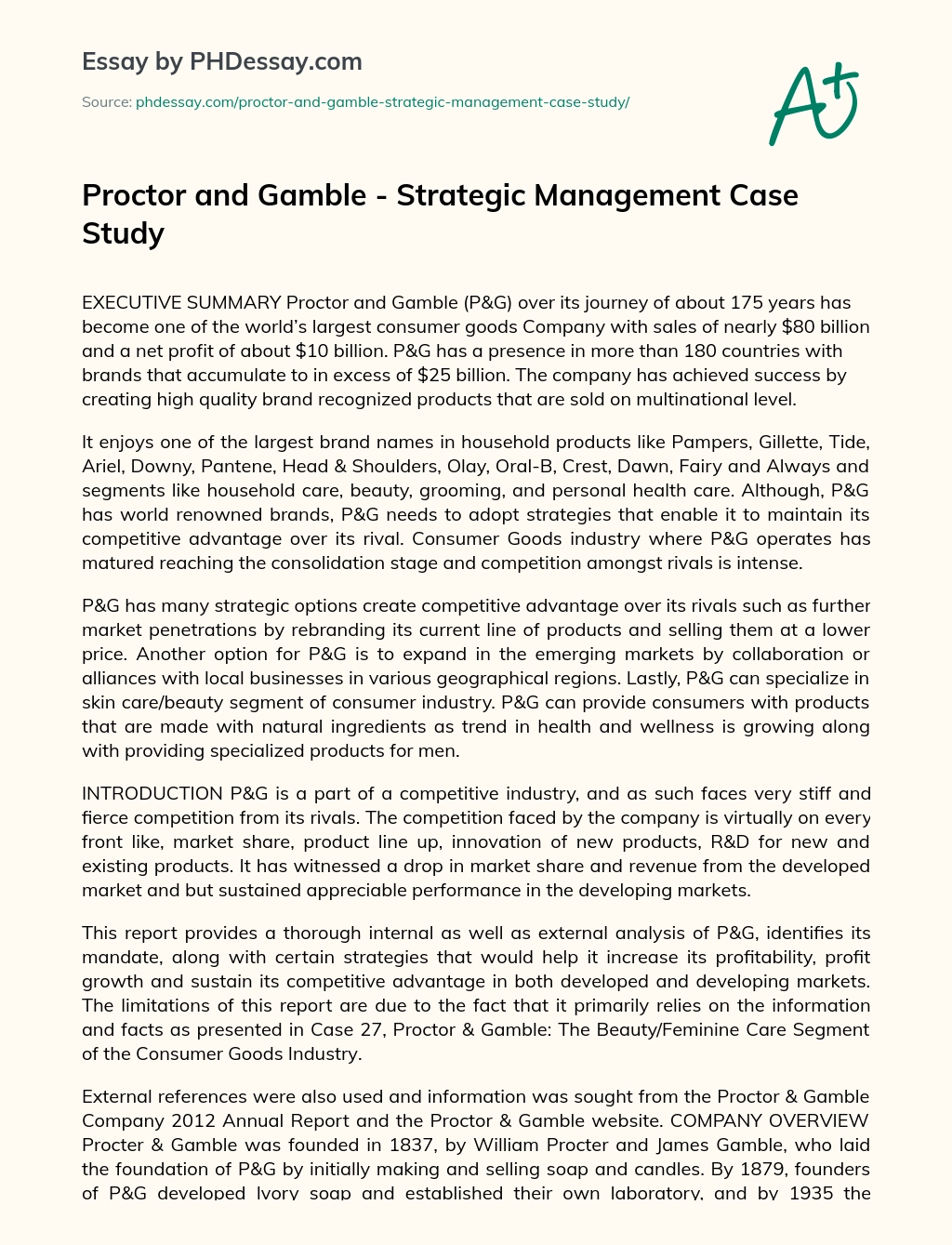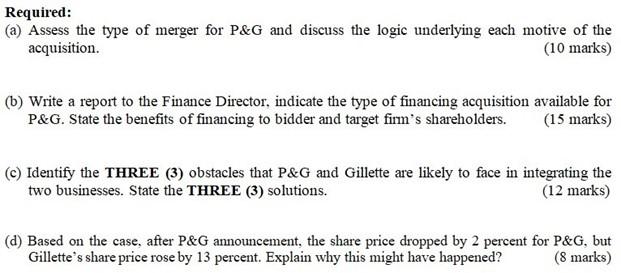Procter & Gamble's acquisition of Gillette in 2005 was a major event in the consumer goods industry. The merger brought together two of the biggest and most successful companies in the personal care and grooming products market, creating a global powerhouse with a range of leading brands in multiple categories. This case study will examine the reasons behind the acquisition, the impact it had on the industry, and the challenges and opportunities it presented for both P&G and Gillette.
One of the main drivers behind the acquisition was the desire to increase market share and reach. At the time of the merger, P&G was already a dominant player in the consumer goods industry, with a wide range of products and strong global distribution. However, Gillette was a leading player in the personal care and grooming market, particularly in the shaving category, where it held a dominant position. By acquiring Gillette, P&G was able to expand its presence in this key market and gain access to a range of new products and technologies.
Another key reason for the acquisition was the opportunity to leverage Gillette's strong global brand and distribution network. Gillette had a strong presence in key markets around the world, including Europe, Asia, and Latin America, and P&G saw the potential to use this network to promote its own products and expand into new markets. The acquisition also gave P&G access to Gillette's research and development capabilities, as well as its marketing and sales expertise, which could be used to drive growth and innovation across the combined company.
The acquisition had a significant impact on the consumer goods industry, as the combined company became a dominant player in the personal care and grooming market. The merger also created significant cost savings, as the combined company was able to leverage economies of scale and eliminate duplication in areas such as manufacturing, distribution, and research and development. This helped to drive down costs and improve the competitiveness of the combined company in the marketplace.
However, the acquisition was not without its challenges. One of the biggest challenges was integrating the two companies and their cultures. Both P&G and Gillette had strong corporate cultures and ways of doing things, and it was important to find a way to bring the two together in a way that preserved the best of both. This required careful planning and communication to ensure that the integration was smooth and successful.
Another challenge was managing the expectations of shareholders and investors. The acquisition was a major event, and there was a lot of scrutiny and pressure on the combined company to deliver strong results and meet the expectations of stakeholders. This required careful planning and execution to ensure that the merger was successful and that the combined company was able to deliver on its promise.
Overall, P&G's acquisition of Gillette was a major event in the consumer goods industry, bringing together two of the biggest and most successful companies in the personal care and grooming market. The acquisition presented a range of opportunities and challenges for both P&G and Gillette, and required careful planning and execution to ensure that it was successful. Despite the challenges, the merger has been largely successful, and the combined company has become a major player in the market, with a strong portfolio of leading brands and a strong global presence.







